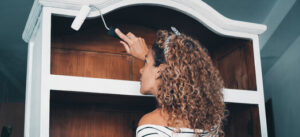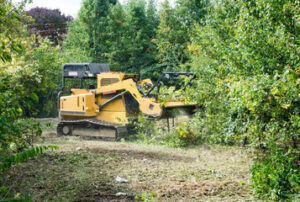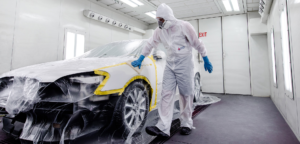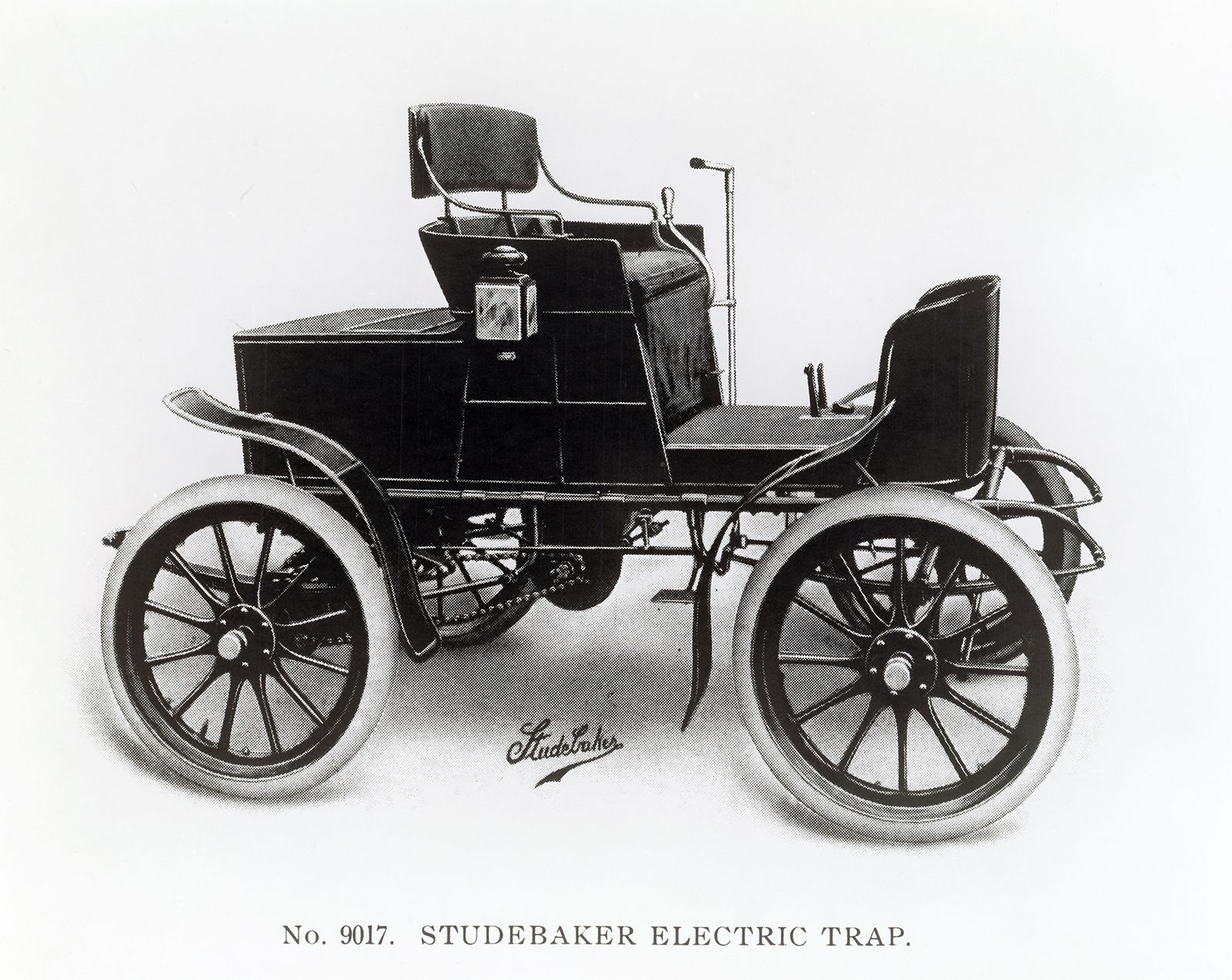An emergency plumber can help with various plumbing problems, including burst pipes, severe leaks, and clogged drains. They can also provide advice and expert tips for preventing similar issues in the future.
Some issues can’t wait, whether it’s a broken toilet or a sewage backup. Here’s when to call an emergency plumber. Click the Emergency Plumber Near Me link to learn more.
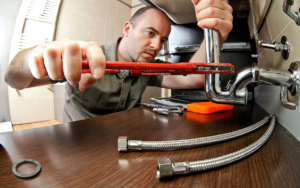
One of the most important qualities in an emergency plumber is the ability to respond quickly. After all, a plumbing problem that gets worse can lead to serious water damage and health risks, which means the faster the issue is addressed, the better. That’s why it’s essential to find a local plumber who offers 24/7 service and has years of experience handling emergencies.
An emergency plumber will typically take the following steps when responding to a plumbing crisis:
They will shut off your home’s water supply. This will prevent further damage from occurring and keep your family safe. They will diagnose the problem. This will involve checking pipes, fixtures, and the surrounding area for damage or blockages. They will then recommend the most effective solution for your unique situation.
Many people think they can fix minor problems themselves, such as a clogged toilet or leaky faucet. However, plumbing systems are complex and should only be handled by trained professionals to avoid costly repairs and future damage. This is especially true in cases of emergency plumbing, such as burst pipes and severe leaks, which can cause significant damage in a short amount of time.
Emergency plumbers have the training and tools needed to identify and repair even the most stubborn problems. They can also help you prevent future problems by conducting routine maintenance and inspections.
Leaking sewer lines are a serious problem that requires immediate attention. If left untreated, it can lead to structural damage and flooding in your home. Emergency plumbers will use their expertise to locate and repair the leak as quickly as possible to minimize damage and save you money.
While the cost of emergency plumbing services can be expensive, it’s often necessary to prevent severe water damage and safety issues. Regular plumbing maintenance and inspections can also help lower costs by catching small problems before they become major ones. In addition, some emergency plumbers offer financing options and payment plans to make their services more affordable. To avoid unexpected fees, it’s a good idea to ask for an itemized estimate before hiring an emergency plumber.
Expertise
A plumbing emergency can occur at any time and without warning. They can be disastrous for your home or business and require immediate attention. Fortunately, there are experts available to help you deal with them quickly and efficiently. Emergency plumbers are trained to handle a wide variety of problems, including burst pipes, severe drain clogs, and leaky water heaters. They also have the tools and equipment to perform a thorough inspection and make repairs on the spot.
When choosing an emergency plumber, look for one with experience and positive customer reviews. You should also check their licenses and insurance coverage to ensure they are qualified and reputable. In addition, emergency plumbers should be able to provide a quote before beginning any work. This will allow you to make an informed decision about hiring them.
While some people may attempt to fix plumbing issues themselves, this is usually not a good idea. Inexperienced homeowners may make mistakes that can lead to more serious problems. Furthermore, DIY solutions may only offer temporary relief and could end up costing more in the long run. A professional plumber will be able to diagnose the problem correctly and provide a lasting solution.
In addition to offering emergency plumbing services, some plumbers offer additional maintenance and prevention services. These can include drain cleaning, pipe inspections, and installation of new fixtures. By utilizing these services, you can keep your plumbing system in good condition and avoid emergencies in the future.
Most emergency plumbing services are available around the clock and will respond to your call as soon as possible. They will provide you with a detailed assessment of the problem and recommend the best course of action. They will also offer a range of pricing options, including flat service fees and hourly rates. They will also provide you with a list of materials and parts needed to complete the job. It is important to choose a plumber that offers warranties and guarantees on their work, as this will give you peace of mind that the repair job is done properly.
Preventative Maintenance
When a plumbing emergency occurs, you want to call a plumber that will be available to come out as soon as possible. Whether it’s a burst pipe in the middle of the night or a clogged drain, you need to find a plumber that can provide prompt service. A reputable emergency plumber will have an experienced staff and be available to help you with your problem 24/7.
The first thing you need to do when you notice a plumbing issue is to shut off the water supply. This will prevent further damage to your home and may prevent the spread of mold or other problems. Then, you need to find a plumber to repair the problem as quickly as possible.
A good plumber will be able to assess the damage and recommend the best course of action. They’ll also be able to give you an idea of how much the repair will cost. This will help you avoid any surprises when it comes to the bill.
Plumbing emergencies can occur for a variety of reasons, from old pipes to faulty water heaters. However, most of these issues can be prevented by performing regular preventative maintenance. This includes installing drain covers and keeping drains clean of debris. It’s also important to properly insulate pipes in cold weather and to regularly check for leaks.
A quality emergency plumber will be able to offer you comprehensive services, including drain cleaning, pipe repair and installation of appliances and fixtures. They’ll also be able to provide you with recommendations for improving your home’s water efficiency. This will save you money in the long run by reducing your water consumption.
A common misconception is that an emergency plumber will be more expensive than a regular plumber. But, this is not always true. In fact, some emergency plumbers can even be cheaper than a regular plumber if you choose the right one. The key is to find a plumber that has a fast response time, has experience working with all types of pipes and is licensed to work in your state. In addition, you should ask for references and look at online reviews to see what other customers have said about their work.
Cost
The main advantage of emergency plumbing services is that they are available round-the-clock and can respond to urgent issues quickly. This can help minimize damage, save on costs, and prevent health and safety hazards. However, these services come at a premium over standard plumbing rates. Emergency plumbers charge a higher hourly rate than regular plumbers, and the cost can also increase depending on the nature of the problem. These factors include the extent of the damage, its location in your home, the availability of specialized tools, and whether the work requires off-hours service.
Some common plumbing emergencies include broken water heaters, clogged drains, and sewer backups. Whether or not you consider these problems to be an emergency depends on the amount of damage and the potential risk to your family’s health and well-being. For example, a leaking water heater can lead to significant damage in a short period of time, so it is important to call a plumber right away. Other potential emergencies include flooding caused by a sump pump failure and sewage backups that can cause severe health issues.
A reputable plumber will be able to assess your situation and provide you with an accurate estimate before beginning any repairs. He or she will also explain the costs associated with the service and any additional fees, such as after-hours rates. This will allow you to make an informed decision and avoid any surprises on your final bill.
In addition to the plumber’s hourly rate, you may have to pay for the materials needed to fix the problem. This can be expensive, especially if the issue is complex and requires a lot of labor. It is a good idea to compare prices from several different plumbers before hiring one. This will ensure that you get the best possible price for the service.
The most effective way to avoid costly plumbing emergencies is to perform routine inspections of your home’s pipes, fixtures, and appliances. These inspections should be done regularly to identify and address any small problems before they become major emergencies. You can also minimize the risk of plumbing emergencies by avoiding using items that can clog or damage your pipes, such as sanitary products and paper towels.


